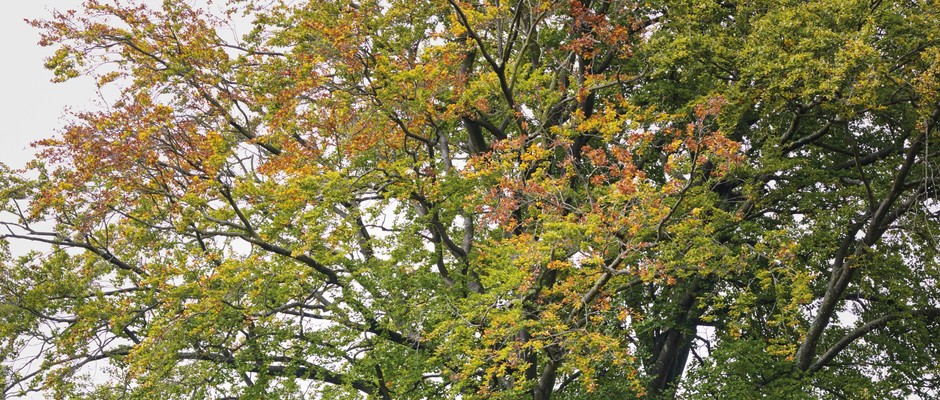
How to identify oak trees
Lia Leendertz outlines the key features of oak, ash and beech - common, native deciduous trees - so you can learn how to recognise them, even out of season
Knowing the difference between trees feels like the sort of basic knowledge we should all have under our belts, like the ability to tie a slip knot and the setting point for jam.
Here we will show you the key features of oak trees that you are likely to encounter on your own winter woodland walk to help you learn how to spot them.
How to identify oak trees
Identifying Quercus robur - common oak
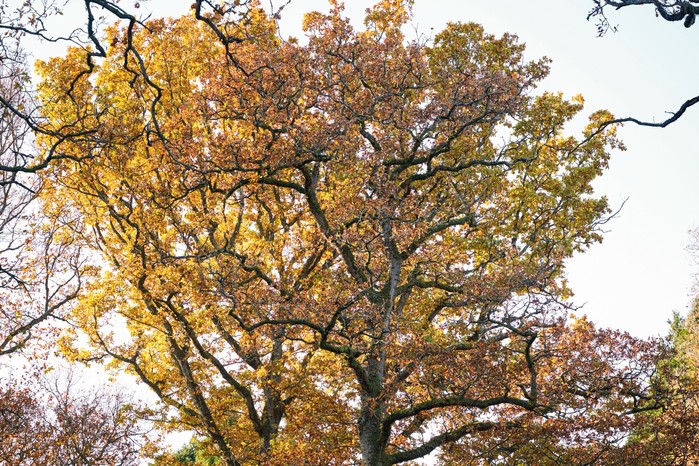
The oak is the tree that is most strongly associated with the English countryside and is the UK’s most common tree, particularly prominent in central and southern woodland. Quercus robur is known as the English, common or pedunculate oak, and is distinct from the other British native oak Quercus petraea, the durmast or sessile oak, a more upwards-reaching tree. The common oak has long been planted in forests for its strong timber, its bark and its acorns. Each tree can live for up to a thousand years. Within its wide, spreading canopy can live an ecosystem of birds, lichens, fungi, caterpillars, squirrels, dormice and bats. Look for oaks in ancient woodland, 18th-century parkland or standing alone majestically in farmland.
Identifying oak bark
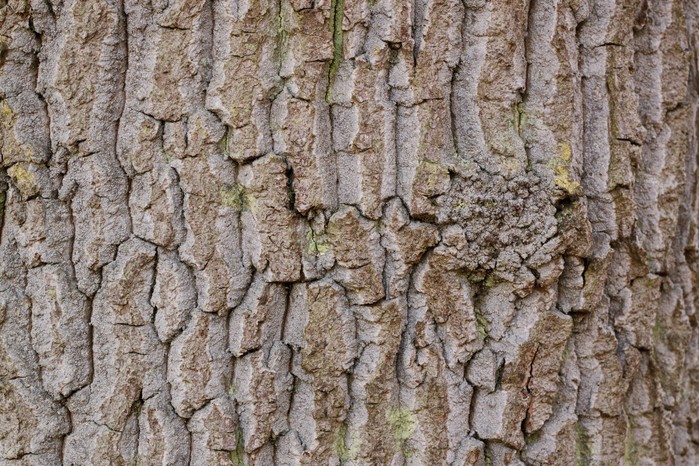
Young oaks have smooth, silvery-brown bark. As trees age, this grows rugged and is covered in finger-shaped platelets with deep fissures in between.
Identifying oak leaves
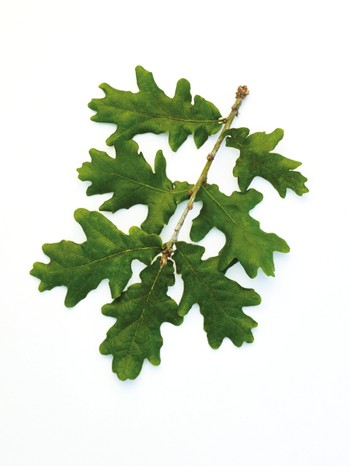
Oak leaves are longer than they are wide and have five or six deep, rounded lobes and short stalks. Leaves first emerge in mid-May, turning yellowy brown in autumn, and are often held on the tree late in the year.
Identifying winter twigs of oaks

The winter twig is smooth and silvery brown with brown clusters of buds concentrated at the tips. These alternate, but spiral around the twig in a haphazard manner.
Identifying acorns
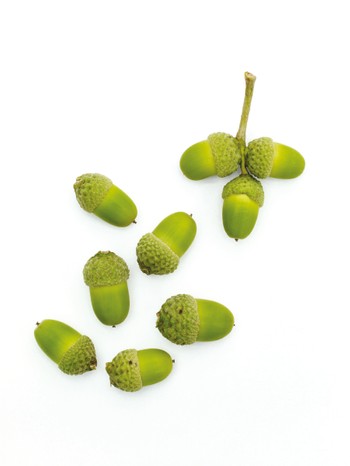
The oak’s seeds are acorns: shiny, ovoid fruits held tightly in textured cups. They start green and slowly turn brown, eventually loosening from the cup and dropping to the ground.
An oak tree's silhouette

The oak tree silhouette is sturdy and wide, low and spreading, often increasingly so with age. The tree has a gnarled look, with each of the branches kinked and snaking outwards.
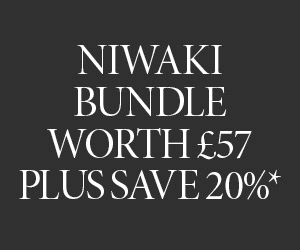
Niwaki bundle worth £57 when you subscribe
Subscribe to Gardens Illustrated magazine and claim your Niwaki bundle worth £57
*UK only

Container Gardening Special Edition
The Gardens Illustrated Guide to Container Gardening.
In this special edition, discover colourful flower combinations and seasonal planting schemes for pots designed by leading plantspeople, and essential know-how for container gardening success. Just £9.99 inc UK p&pBy entering your details, you are agreeing to our terms and conditions and privacy policy. You can unsubscribe at any time.

Gardens of the Globe
From botanical wonders in Australia to tranquil havens closer to home in Ireland, let this guide help you to discover some of the most glorious gardens around the world
By entering your details, you are agreeing to our terms and conditions and privacy policy. You can unsubscribe at any time.




